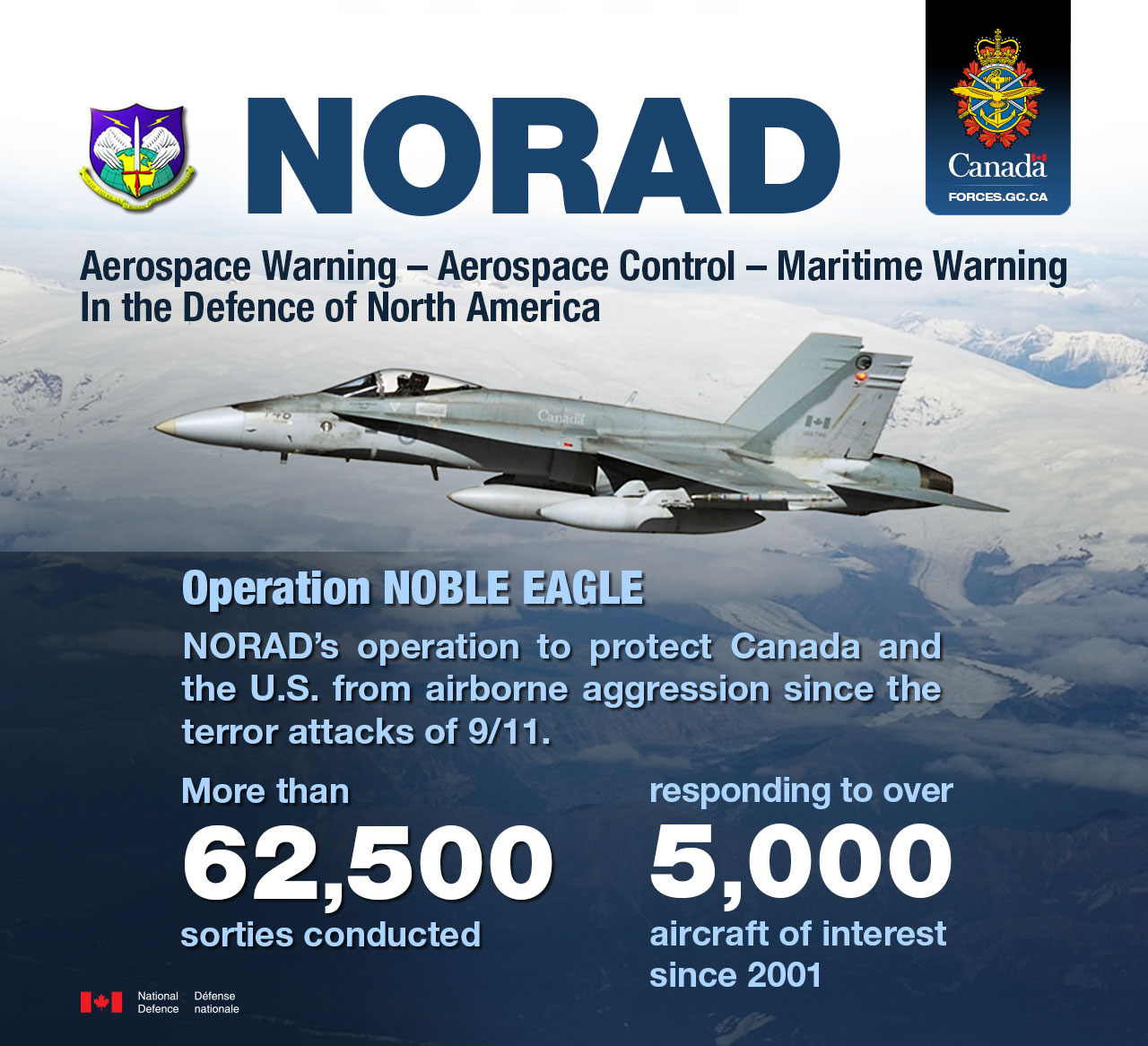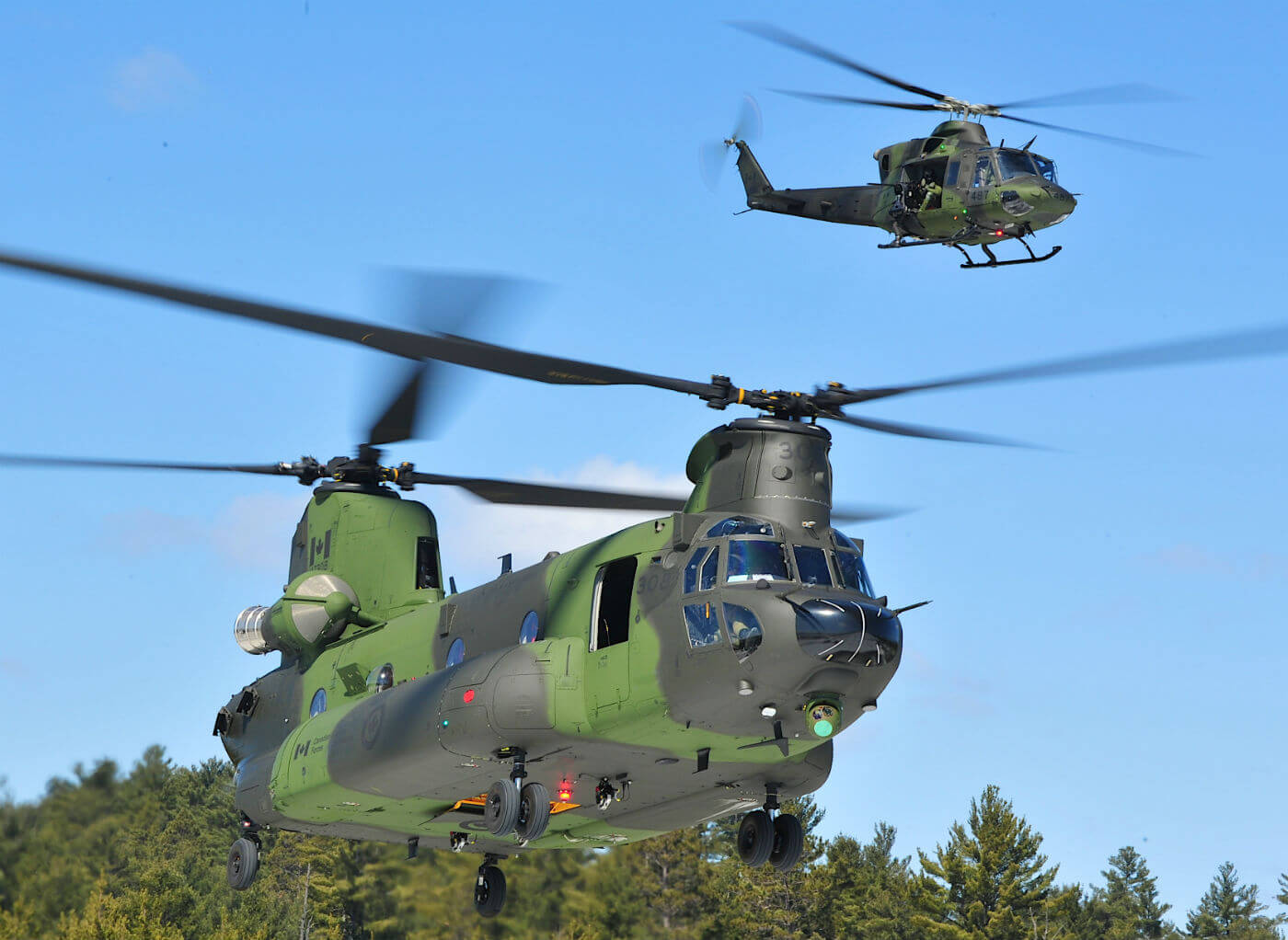A newly released report blames a build-up of potentially hazardous mold aboard Canada's frontline warships squarely on a lack of upkeep by the navy.
The engineering analysis — obtained by CBC News under access to information after an almost two-year battle — said shipboard heating and air conditioning structures (HVAC) and their associated controls were allowed to deteriorate over the years to the point where they became almost useless.
The systems have "significantly degraded," said a March 2015 engineering report prepared for the navy by an outside contractor. "Little maintenance has been performed and the state of equipment is old and unsupportable."
Thermostats and pneumatic devices, meant to control airflow and humidity, were "failing, outdated and unsupportable," said the engineering analysis by the firm Bronswerk.
The report is the first clear effort to assign blame for a hazard the navy has tried to control. It could even have legal ramifications.
A former sailor, retired lieutenant Alan Doucette, is suing the federal government over the "staggering mold growth" aboard navy destroyers in the early 2000s. He alleges exposure to the mold ruined his health and that the navy "failed to take appropriate action in order to ensure the health and wellness" of serving men and women.
Retired chief petty officer Patrick MacLaughlin said the failure to keep the ships' HVAC systems up-to-date should not be laid at the feet of individual sailors or those responsible for day-to-day maintenance.
The equipment, he said, should have been swapped out at least 15 years ago — particularly the thermostat controls, which regulate humidity and condensation buildup.
"We tried to get things done," said MacLaughlin, who has been a vocal critic of the navy's approach to the problem. The leadership "needed to go to NDHQ (National Defence Headquarters) and ask for the funding. They didn't."
Blame the navy
Commodore Simon Page, the navy's director general of maritime equipment, denied the navy is solely responsible for the problem.
"My personal assessment is that is this not a problem of our own making," said Page, adding warship interiors tend to be humid spaces.
He pushed back against the claim that "little maintenance" was performed, saying the navy does its "due diligence" and carries out the necessary work.
"It is possible sometimes that maintenance is deferred, but if it is deferred we have a measure to catch up," said Page.
The Bronswerk report was prepared after the contractor surveyed several Halifax-class frigates — which were, at the time, being modernized under a $4.3 billion, multi-year program.
CBC News was the first to reveal the navy's struggle with mold in pictures and video broadcast in the summer of 2016 — a situation a former fleet commander tried to downplay at the time by saying there was "absolutely no concern."
Rear-Admiral Craig Baines, who in 2016 was the commodore in charge of the East Coast fleet, acknowledged mold was a problem but insisted the navy was conducting regular air quality monitoring and there had been no reports of illness.
CBC News requested copies of engineering and health assessment reports under access to information legislation in August 2016.
Just last week, National Defence released technical assessments and minutes of fleet operations and maintenance meetings dating back several years, but did not produce any monitoring reports.
The department also has yet to produce evidence that health monitoring took place after the issue of mold growth in various compartments was flagged as a concern aboard HMCS St. John's in the fall of 2011.
Officials in the access to information branch insisted Wednesday those reports are forthcoming.
Page said he could not speak to the withholding of documents, but said he stands by Baines' assessment of two years ago and insisted "the small amount of mold" they see in the warships is not a significant source of concern.
The 'AC flu'
Sailors have complained informally for years about a myriad of health issues while serving on deployed ships, describing recurring colds and breathing trouble as "AC flu" or the "CPF hack" — CPF being an abbreviation for Canadian Patrol Frigate.
The records show there was considerable internal debate among top naval engineers, particularly over 2014-15, about how to deal with the mold problem.
Some ships bought dehumidifiers. MacLaughlin said they were often purchased at Canadian Tire. That approach, however, was criticized internally as an attempt to "treat the symptom rather than the cause."
Navy officials were also seriously divided about whether to issue a fleet-wide technical bulletin giving warship crews instructions on mold cleaning.
"The info is very simple/easy and there is concern that releasing a [technical bulletin] on mold cleaning procedures may cause undo (sic) panic for such [a] minor instruction," said a Dec. 8, 2015.
That directive was finally issued last year.
The navy has started a series of engineering fixes on each of the frigates to address the ventilation issues. Part of the plan is a program to swap out the thermostats.
Page said two of the frigates have had the work done already and four more are slated for it in the near future.
The navy also has conducted hazardous air quality assessments.
A report on HMCS Winnipeg obtained by CBC News said mold was found in four compartments, including the ship's galley.
"It was a surface sample," said Page. "Surface mold can be addressed in a very aggressive and immediate manner, which was done."
Commodore Simon Page, the navy's director general of maritime equipment, denied the navy is solely responsible for the problem.
"My personal assessment is that is this not a problem of our own making," said Page, adding warship interiors tend to be humid spaces.
He pushed back against the claim that "little maintenance" was performed, saying the navy does its "due diligence" and carries out the necessary work.
"It is possible sometimes that maintenance is deferred, but if it is deferred we have a measure to catch up," said Page.
The Bronswerk report was prepared after the contractor surveyed several Halifax-class frigates — which were, at the time, being modernized under a $4.3 billion, multi-year program.
CBC News was the first to reveal the navy's struggle with mold in pictures and video broadcast in the summer of 2016 — a situation a former fleet commander tried to downplay at the time by saying there was "absolutely no concern."
Rear-Admiral Craig Baines, who in 2016 was the commodore in charge of the East Coast fleet, acknowledged mold was a problem but insisted the navy was conducting regular air quality monitoring and there had been no reports of illness.
CBC News requested copies of engineering and health assessment reports under access to information legislation in August 2016.
Just last week, National Defence released technical assessments and minutes of fleet operations and maintenance meetings dating back several years, but did not produce any monitoring reports.
The department also has yet to produce evidence that health monitoring took place after the issue of mold growth in various compartments was flagged as a concern aboard HMCS St. John's in the fall of 2011.
Officials in the access to information branch insisted Wednesday those reports are forthcoming.
Page said he could not speak to the withholding of documents, but said he stands by Baines' assessment of two years ago and insisted "the small amount of mold" they see in the warships is not a significant source of concern.
The 'AC flu'
Sailors have complained informally for years about a myriad of health issues while serving on deployed ships, describing recurring colds and breathing trouble as "AC flu" or the "CPF hack" — CPF being an abbreviation for Canadian Patrol Frigate.
The records show there was considerable internal debate among top naval engineers, particularly over 2014-15, about how to deal with the mold problem.
Some ships bought dehumidifiers. MacLaughlin said they were often purchased at Canadian Tire. That approach, however, was criticized internally as an attempt to "treat the symptom rather than the cause."
Navy officials were also seriously divided about whether to issue a fleet-wide technical bulletin giving warship crews instructions on mold cleaning.
"The info is very simple/easy and there is concern that releasing a [technical bulletin] on mold cleaning procedures may cause undo (sic) panic for such [a] minor instruction," said a Dec. 8, 2015.
That directive was finally issued last year.
The navy has started a series of engineering fixes on each of the frigates to address the ventilation issues. Part of the plan is a program to swap out the thermostats.
Page said two of the frigates have had the work done already and four more are slated for it in the near future.
The navy also has conducted hazardous air quality assessments.
A report on HMCS Winnipeg obtained by CBC News said mold was found in four compartments, including the ship's galley.
"It was a surface sample," said Page. "Surface mold can be addressed in a very aggressive and immediate manner, which was done."



